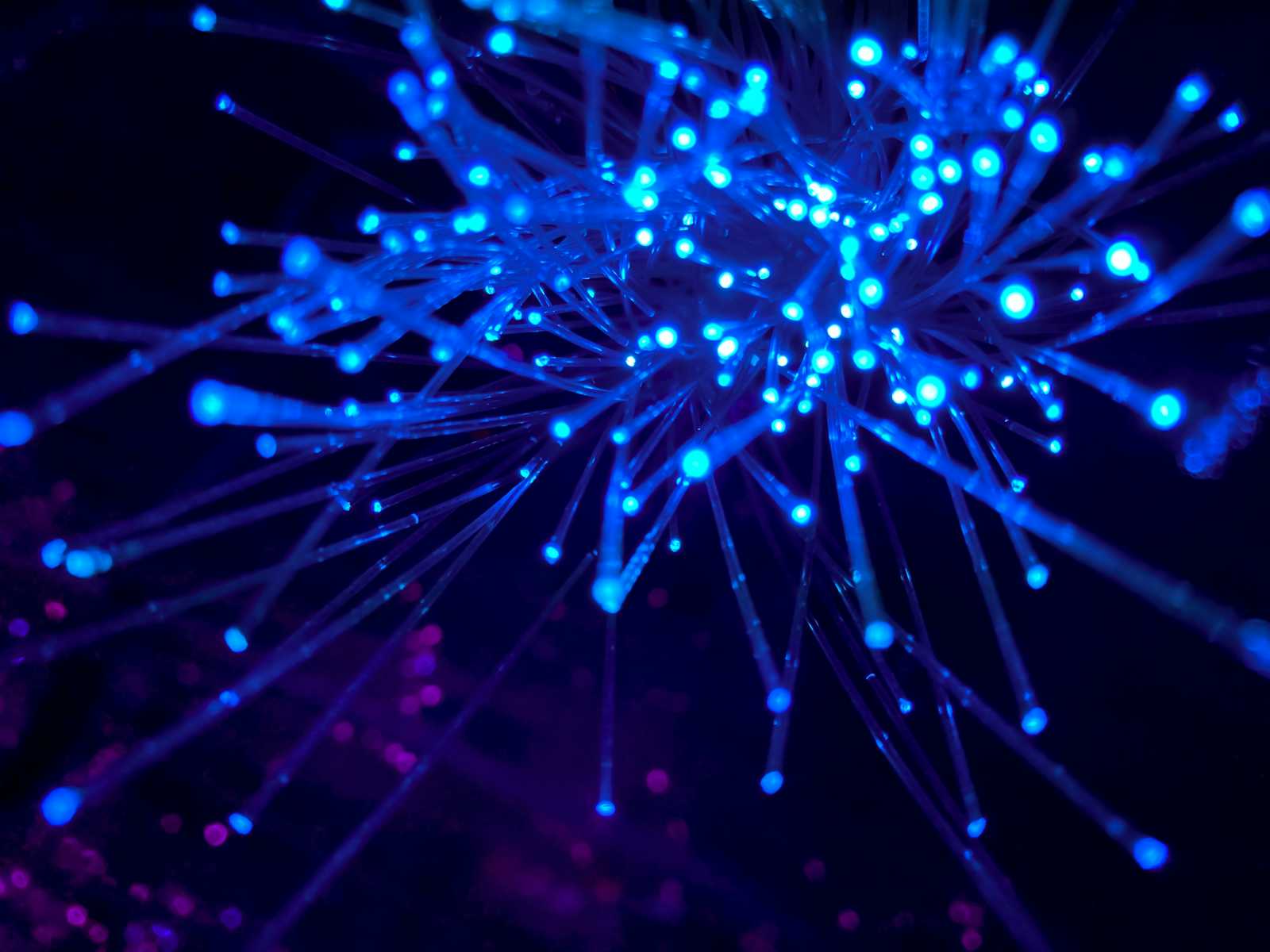Bridging AI and Tools: How Claude’s Model Context Protocol is Changing the Game
 Annuar
Annuar
For years, AI models have been powerful yet limited—stuck within the boundaries of their pre-trained knowledge and unable to interact with external tools in a seamless way. That’s where Anthropic’s Model Context Protocol (MCP) comes in, a new open standard designed to bridge the gap between AI and external applications, databases, and services.
With MCP, AI models like Claude can dynamically pull in real-time data, interact with APIs, and execute tasks beyond their initial training, making them far more useful in real-world applications.
What is the Model Context Protocol (MCP)?
At its core, MCP is a standardized way for AI models to connect with external systems, similar to how web browsers interact with websites using protocols like HTTP. Instead of relying solely on pre-trained knowledge, AI can now request, retrieve, and process information from external tools—making it significantly more powerful and adaptable.
According to Anthropic, MCP aims to create a universal interface that allows AI models to:
Access real-time data (e.g., stock prices, weather updates, breaking news).
Integrate with business tools (e.g., CRMs, databases, document management systems).
Execute complex tasks (e.g., generating reports, retrieving customer data, or even controlling IoT devices).
Why MCP is a Game-Changer
Breaking the AI Knowledge Barrier
AI models, no matter how advanced, are inherently limited to the data they were trained on. MCP allows them to fetch up-to-date information, meaning they no longer operate in a knowledge vacuum.Standardized and Scalable
Many AI-powered applications require custom APIs and integrations, which can be inefficient and costly. MCP provides a standardized way to connect AI with external systems, making integrations smoother and more scalable.Security and Controlled Access
AI interacting with external systems raises security concerns. MCP ensures secure connections and controlled data sharing, preventing unauthorized access and maintaining compliance with privacy regulations (blog.promptlayer.com).
How Developers Can Use MCP
Developers and businesses looking to leverage MCP can start by exploring Anthropic’s official documentation (docs.anthropic.com). It provides step-by-step guides on how to:
Set up AI-powered agents that can interact with real-time databases.
Connect Claude AI to external APIs for retrieving structured data.
Enhance chatbots and automation tools with contextual understanding.
For hands-on learning, developers can also engage with the community discussions on Reddit (reddit.com) or watch tutorial videos (youtube.com).
The Future of AI with MCP
With MCP, AI is no longer just a static system trained on past data—it’s becoming a dynamic, real-time assistant capable of adapting to the world as it changes. Whether it’s for business automation, data retrieval, or advanced AI applications, this protocol is unlocking a new era of intelligent, context-aware AI interactions.
As more companies and developers adopt MCP, we’re likely to see AI models become not just information processors, but true digital agents capable of executing complex tasks with real-world impact.
And yes, I will be building AI applications using MCPs, so stay tuned.
Subscribe to my newsletter
Read articles from Annuar directly inside your inbox. Subscribe to the newsletter, and don't miss out.
Written by

Annuar
Annuar
Annuar Ndung'u is a Kenyan coder and chef extraordinaire, blending a robust background in MERN stack development with culinary skills. He's spearheading BrightSpend, an AI-powered platform addressing financial illiteracy in Kenya, and developing a creator's hub with Mpesa integration. When he's not coding and drinking his favorite white coffee, Annuar enjoys attending summits, going on road trips, and hanging out with friends.